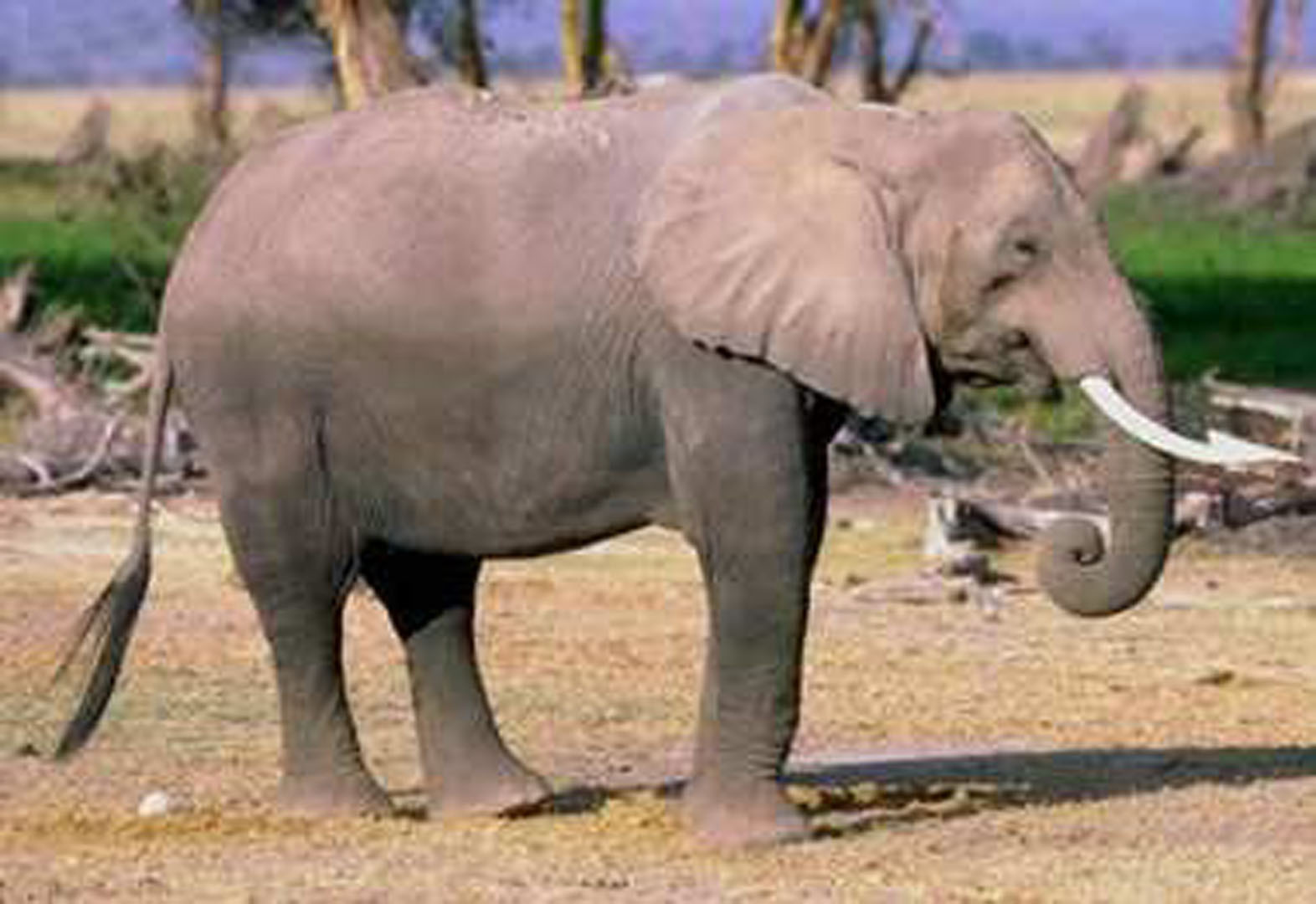“Hybrid images” by Oliva, Torralba and Schyns
Conference:
Type(s):
Title:
- Hybrid images
Presenter(s)/Author(s):
Abstract:
We present hybrid images, a technique that produces static images with two interpretations, which change as a function of viewing distance. Hybrid images are based on the multiscale processing of images by the human visual system and are motivated by masking studies in visual perception. These images can be used to create compelling displays in which the image appears to change as the viewing distance changes. We show that by taking into account perceptual grouping mechanisms it is possible to build compelling hybrid images with stable percepts at each distance. We show examples in which hybrid images are used to create textures that become visible only when seen up-close, to generate facial expressions whose interpretation changes with viewing distance, and to visualize changes over time within a single picture.
References:
1. Burt, D. C., and Adelson, E. H. 1983. The laplacian pyramid as a compact image code. IEEE Transaction on Communications 31, 532–540.Google ScholarCross Ref
2. Dali, S. 1996. The Salvador Dali Museum Collection. Bulfinch Press.Google Scholar
3. Hughes, H. C., Nozawa, G., and Kitterle, F. 1996. Global precedence, spatial frequency channels, and the statistics of natural images. Journal of Cognitive Neuroscience 8, 197–230. Google ScholarDigital Library
4. Lindeberg, T. 1993. Detecting salient blob-like images structures and their spatial scales with a scale-space primal sketch: a method for focus of attention. Int. J. Comp. Vis 11, 283–318. Google ScholarDigital Library
5. Livingstone, M. S. 2000. Is it warm? is it real? or just low spatial frequency? Science 290, 5495–1299.Google ScholarCross Ref
6. Majaj, N., Pelli, D., Kurshan, P., and Palomares, M. 2002. The role of spatial frequency channels in letter identification. Vision Research 42, 1165–1184.Google ScholarCross Ref
7. Navon, D. 1977. Forest before trees: the precedence of global features in visual perception. Cognitive psychology 9, 353–383.Google Scholar
8. Oliva, A., and Schyns, P. 1997. Coarse blobs or fine edges? evidence that information diagnosticity changes the perception of complex visual stimuli. Cognitive psychology 34, 1, 72–107.Google Scholar
9. Parker, D., Lishman, J., and Hughes, J. 1992. Temporal integration of spatially filtered visual images. Perception 21, 147–160.Google ScholarCross Ref
10. Parker, D., Lishman, J., and Hughes, J. 1996. Role of coarse and fine information in face and object processing. J. Exp. Psychol. Hum. Percept. Perform. 22, 1448–1466.Google ScholarCross Ref
11. Portilla, J., and Simoncelli, E. 2000. A parametric texture model based on joint statistics of complex wavelet coefficients. Int. J. Comp. Vis 40, 49–71. Google ScholarDigital Library
12. Potter, M. 1975. Meaning in visual scenes. Science 187, 965–966.Google ScholarCross Ref
13. Schyns, P., and Oliva, A. 1994. From blobs to boundary edges: Evidence for time- and spatial-scale-dependent scene recognition. Psychological Science 5, 195–200.Google ScholarCross Ref
14. Schyns, P., and Oliva, A. 1999. Dr. angry and mr. smile: when categorization flexibly modifies the perception of faces in rapid visual presentations. Cognition 69, 243–265.Google ScholarCross Ref
15. Setlur, V., and Gooch, B. 2004. Is that a smile?: gaze dependent facial expressions. In NPAR ’04: Proceedings of the 3rd international symposium on Non-photorealistic animation and rendering, ACM Press, New York, NY, USA, 79–151. Google ScholarDigital Library
16. Silvers, R. 1997. Photomosaics. Henry Holt and Company, Inc. Google ScholarDigital Library
17. Solomon, J., and Pelli, A. 1994. The visual filter mediating letter identification recognition. Nature 369, 395–397.Google ScholarCross Ref
18. Sugase, Y., Yamane, S., Ueno, S., and Kawano, K. 1999. Global and fine information coded by single neurons in the temporal visual cortex. Nature 400, 869–873.Google ScholarCross Ref
19. Watt, R. 1987. Scanning from coarse to fine spatial scales in the human visual system after onset of a stimulus. J. Opt.Soc.Am: A, 4, 2006–2021.Google ScholarCross Ref




